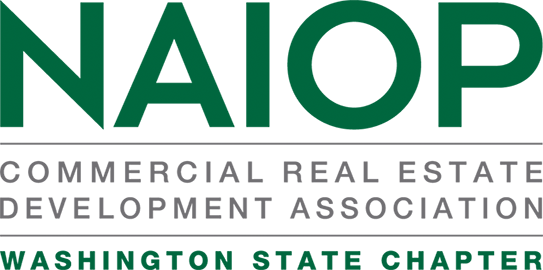One critical aspect of sustainability is resiliency, or how we bounce back from natural disasters. A little preparation can go a long way—but a lack of forethought can quickly lead to very difficult situations throughout a city or region. Remember the 2015 New Yorker article about the next big Cascadia earthquake? When the article was published, it prompted seemingly endless, yet interesting, discussions about the inevitability of a very large earthquake in the region, as well as dozens of follow-up stories giving advice on how to prepare.
Fast-forward four years to Seattle Snowmaggedon 2019. Did you have a week’s supply of food and water in your home when the snow fell last February? Conditions weren’t anywhere near as bad as the name suggests, but empty grocery store shelves made a deep impression, whether you saw them in person like I did or on social media or the news. Those empty-shelf encounters were a fairly common experience. The takeaway is that there is only a few days’ food supply in our grocery stores, which is quickly exacerbated by disaster-inspired hoarding behavior and the breakdown of efficient but lean supply chains.
The answer is obvious: We all need to have our own food and water on hand in case of emergency, because the systems will fail when the need is greatest.
That time will come--the threat is real. I have found it helpful to think about how many large earthquakes happen every thousand years. Summarizing as concisely as possible, we have 2-3 earthquakes greater than 9.0 every thousand years, or one every 300 – 500 years. We also experience about five earthquakes above 8.0 every thousand years, or one every 200 years. The last 9.0 appears to have happened around 1700. No one knows when the next big one will happen, but it will happen (read more about the probability here). Will you be ready?
How does this apply to a NAIOPWA member? I’d like to pitch a challenge to all commercial and multifamily owners and operators. Each operator would start by buying a supply of emergency food and water and storing it onsite. Spend $1,000, or the amount that seems appropriate, for your particular building. Plan on holding those supplies until just before the expiration date. At that time, you’ll donate unused supplies to a food bank, then buy your next emergency store. AMLI is incorporating this program in our five Seattle buildings. Across the Pacific, Japan is well known as a world leader in earthquake preparation; read more about Japan's preparedness here.
Below are some ideas to easily purchase supplies. When you’ve made your first purchase and have that food stored onsite, be sure to let me know, and we’ll share your story with the NAIOPWA community here. And you can rest better and with pride knowing that we’ll all be better off, more resilient, and much more likely to sustain a functioning community, thanks to this small investment.
Selected sources for emergency provisions:
One potential food & water package for $1,000 (note: prices may change after publication):
- Food:
- 24 pounds (242 servings) of rice, $33. 7 buckets (1,700 servings) = $231
- 24 pounds (236 servings) of beans, $60. 7 buckets (1,652 servings) = $420
- Water: 288 gallons (in one-gallon bottles), $380
Want more earthquake preparedness tips? Check out Matthew Springer’s Quake Tips blog. Matthew lives in San Francisco and regularly presents and writes on the topic. To read the blog posts indexed by topic, click here.
This article was written by NAIOP Washington State and Sustainability Committees member Matt Elley, AMLI Development Company.
